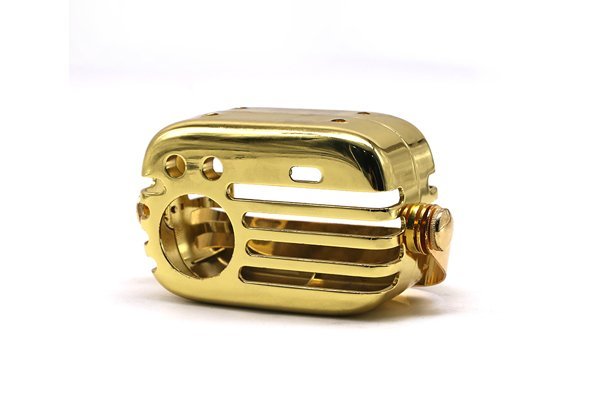Welcome to the vibrant world of CNC machining, where precision meets innovation. In an era where sustainability is not just a trend, but a necessity, YL Machining is committed to seeking solutions that effectively balance manufacturing efficiency with environmental responsibility. Today, we embark on a journey to explore the intricate relationships between three key materials—titanium, brass, and aluminum—and their roles in sustainable CNC machining practices. Let’s dive into how we can optimize efficiency while reducing our ecological footprint.
The Importance of Sustainable CNC Machining
In an age characterized by rampant industrialization, it’s essential to assess the sustainability of our manufacturing processes. CNC (Computer Numerical Control) machining is a sophisticated method of producing components through computer-controlled cutting tools. While it offers remarkable precision and efficiency, it also poses environmental challenges, including material waste, energy consumption, and more.
With rising awareness surrounding climate change, businesses are increasingly asked to adopt sustainable practices. At YL Machining, we believe that integrating sustainability into CNC machining can lead to both environmental benefits and improved competitiveness.
Overview of Materials: Titanium, Brass, and Aluminum
Titanium
Titanium, a lightweight yet high-strength metal, is renowned for its incredible corrosion resistance and high fatigue limit. Its utilization spans various industries, including aerospace, medical, and automotive, thanks to its durability and reliability. However, titanium is challenging to machine due to its toughness and tendency to form burrs, often leading to excess waste and longer processing times.
Brass
Brass is a copper-zinc alloy often appreciated for its excellent machinability, corrosion resistance, and aesthetic warm tones. It’s commonly used in plumbing and electrical applications. However, the environmental impact stems from copper mining and its associated carbon footprint, as well as the release of harmful substances during the machining process.
Aluminum
Lightweight, versatile, and resistant to corrosion, aluminum is a popular choice in various sectors, from aerospace to consumer electronics. It’s highly recyclable, which is a crucial factor in its sustainability equation. However, the initial production processes of aluminum can be energy-intensive, raising sustainability concerns.
The Sustainable Production Cycle in CNC Machining
To forge a path towards sustainability, we need to consider the entire lifecycle of the products we create. A successful sustainable production cycle consists of several key phases:
Analyzing the Efficiency and Sustainability of Materials
Efficiency Metrics: The Key Considerations
When evaluating the efficiency of titanium, brass, and aluminum in CNC machining, consider the following factors:

Comparing Manufacturing Costs
Analyzing the production costs of titanium, brass, and aluminum elucidates important insights into their sustainability:
Energy Consumption Analysis
The energy consumption of machining processes can significantly affect sustainability. Different materials exhibit unique energy needs during processing:
Sustainable Practices in CNC Machining
Innovations Driving Sustainability
: YL Machining’s Commitment to Sustainable Practices
In this evolving landscape of CNC machining, YL Machining is dedicated to not only optimizing the efficiency of our processes using titanium, brass, and aluminum but also embracing sustainable practices at every step. By making informed material choices, investing in advanced technology, and continuously evaluating our operational processes, we aim to mitigate our ecological impact while delivering high-quality products to our clients.
Embracing sustainability in CNC machining is not merely an option; it’s a responsibility that we all share. The path may be layered with challenges, but through community efforts, innovative solutions, and forward-thinking approaches, we can discover success—and indeed thrive—in harmony with our planet.
Thank you for joining YL Machining on this exploration of sustainability in CNC machining. Together, let’s pave the way to a more efficient and sustainable manufacturing future.
—






